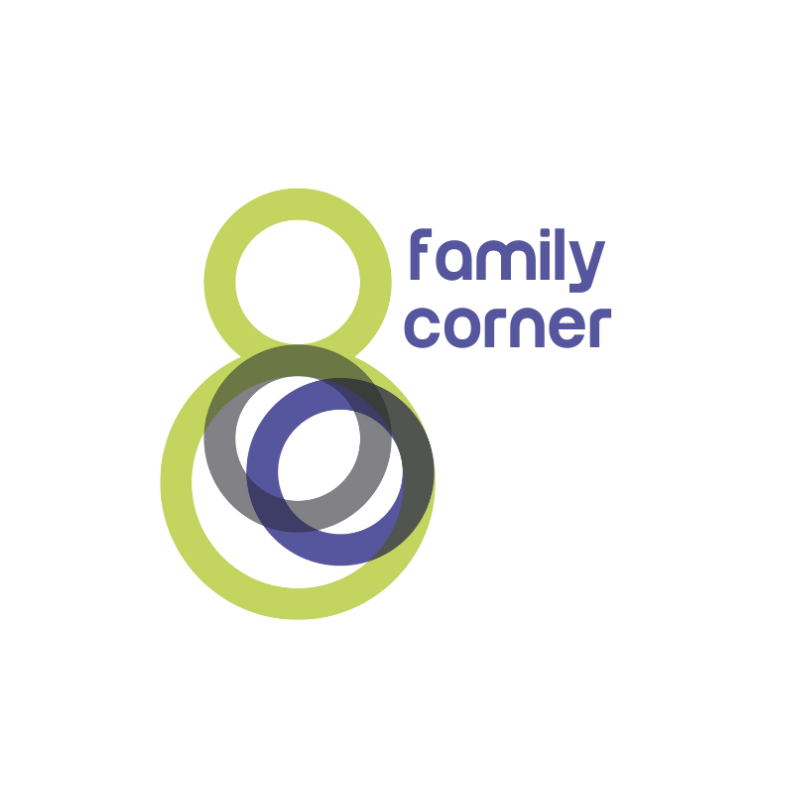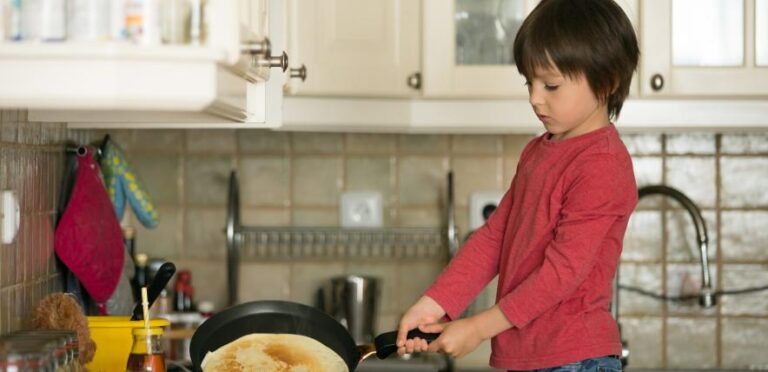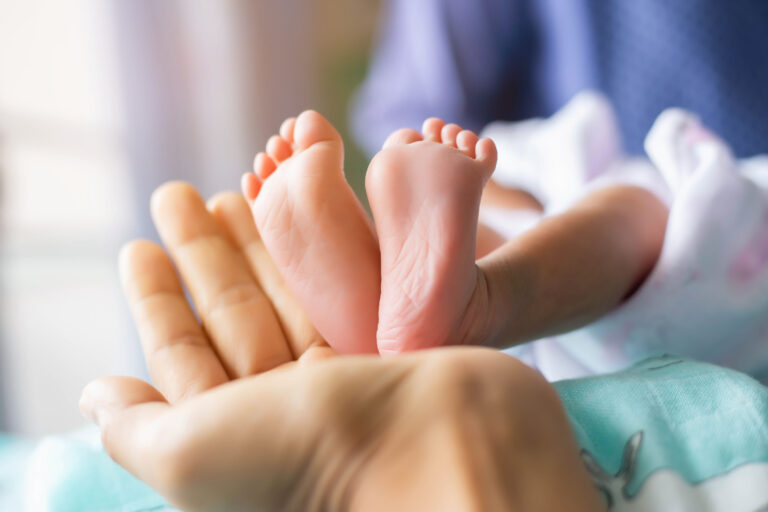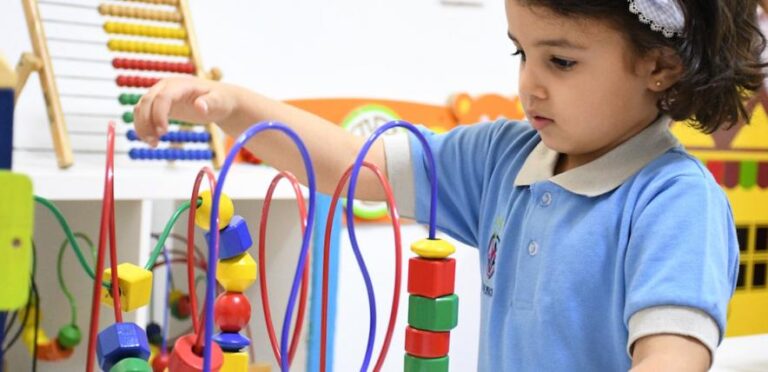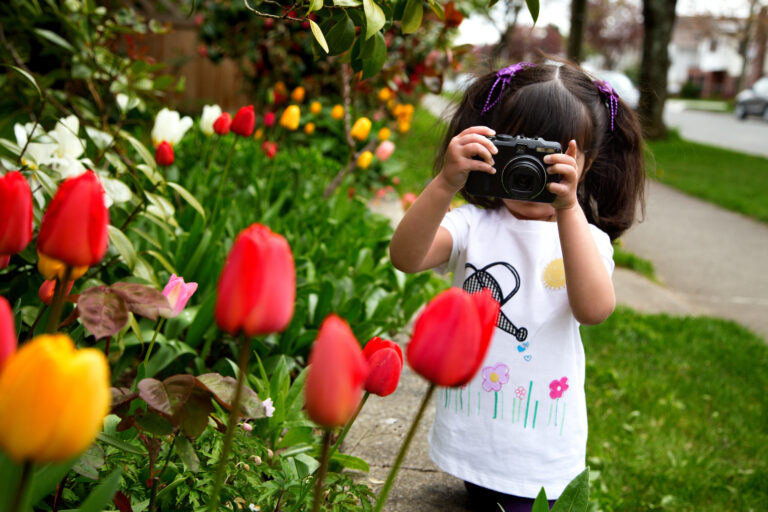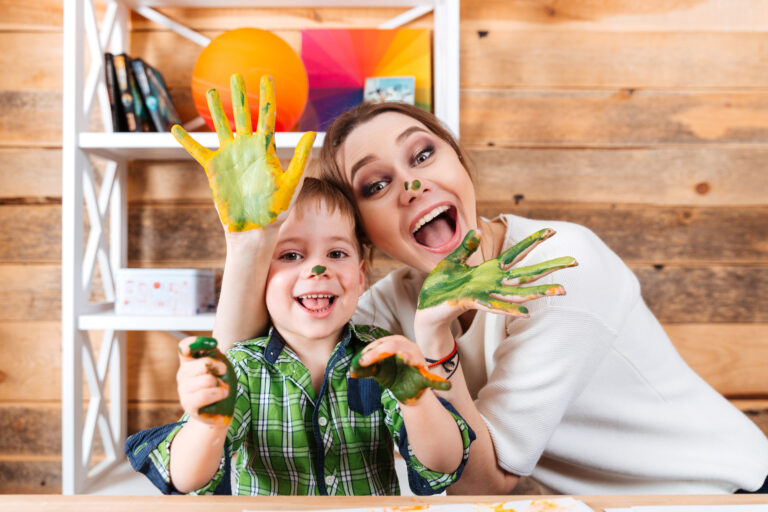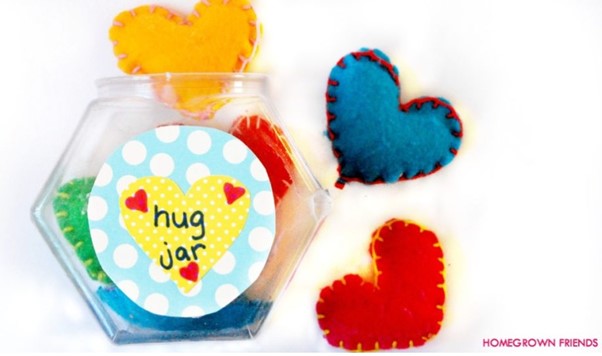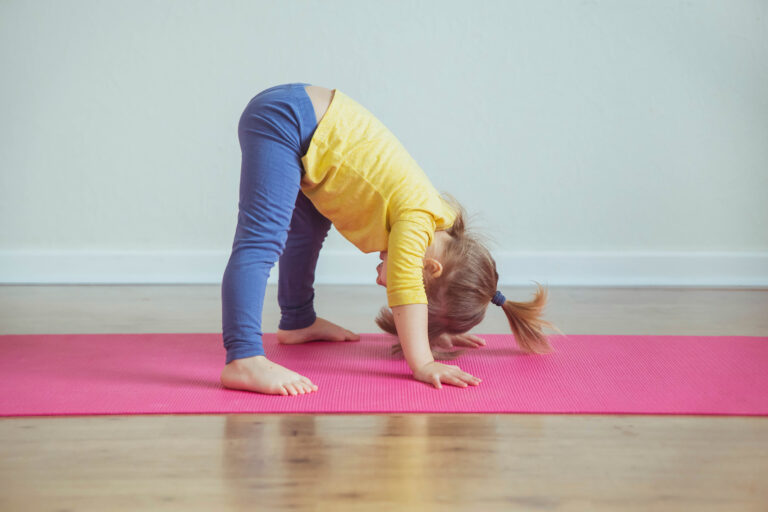The origins of Pancake Day, or Shrove Tuesday can be found in the tradition of using up dairy products such as milk, butter and eggs prior to the 40-day fasting period of Lent or Lenten. Even though the actual date of Pancake Day changes each year depending upon when Easter falls, it is widely observed across the world. In some countries it is known as Mardi Gras which translates as ‘Fat Tuesday’, and refers to the practice of eating richer, fatty foods before the Lenten season starts on Ash Wednesday. Mardi Gras is often celebrated in carnival style with dancing and parades. Although not everyone will observe the fasting period, many will ‘give something up for Lent’ and many more will enjoy the tradition of making and eating pancakes.
This year Pancake Day falls on Tuesday 28th February and there is no doubt that many families and early years settings will be enjoying pancakes in their own unique way. Some will top them with sugar and lemon, or treacle, whilst others will prefer a savoury version, maybe with bacon or cheese. However you prepare yours, there is little doubt that the supermarkets will be marketing a variety of batter mixes and toppings to tempt every taste.
Everyone has their own way of doing things, some will use a shop bought batter mix, whilst others will have their own recipe, possibly handed down through generations. Some will flip their pancakes high into the air whilst others will opt for the safer option of using a spatula.
It is even possible to find Pancake Races held in villages and towns across the country as people celebrate the 15th century legend of the disorganised woman who realised that she was late for church in the middle of making pancakes and rushed through the streets wielding her frying pan complete with pancake. Here are some of our favourite ideas to help you get the most out of the day.
Make your own Pancakes
Of course it is not safe or practical to have children frying their own pancakes, but they can help to prepare the batter and will experience some maths and science in doing so. All you will need to make approximately 12 pancakes is
- 110g plain flour
- 2 eggs
- 284ml milk (1/2 pint)
- 2 tbsp olive oil or butter
If making pancakes with a group of your child’s friends, always check for allergies beforehand.
Let children help to weigh the flour and measure the milk. Everyone can then have a go at beating the mix with a balloon whisk. Talk to children about the consistency of the batter and how it changes as the ingredients are blended. Don’t forget to use your mathematical language as you talk about less, more, thick, thin, and introduce them to simple concepts involving fractions (1/2 and whole).
Add some colour and shape
Although pancakes are traditionally brown and round, why not add some drops of food colouring for a change. If you use several different primary colours you can create a rainbow stack which will prompt a lot of conversation with the children!
If you want to be even more creative, there are pancake moulds that can be used in the frying pan as you cook, but to involve the children more fully why not let them cut their own shapes with pastry cutters once the pancakes have cooked and cooled.
When the pancakes are ready children can explore the size, shape, colour and texture. A cooked pancake is quite robust and malleable so let the children handle theirs, once it has cooled. You could even record the cooking process and play it back to the children so that they can observe the way the batter changes and takes shape in the frying pan as it is heated.
Flip your pancakes
Cold pancakes can be used with a lightweight (clean) frying pan so that the children can have a go at flipping them. This is good for hand eye coordination and is great fun. Let children have a go and see who can land theirs back in the pan. How high can they flip them? Of course children love to see adults having a go too, so why not set a challenge for your team and see who can flip their pancake the most times consecutively as the children count along and keep a record of who is winning.
Have a race
If there are no pancake races happening locally, why not organise your own with a few other parents. Take your pancakes and frying pans outdoors and have a traditional pancake race. If you do not have enough frying pans you can make your own with stiff cardboard or two paper or polystyrene plates glued together and possibly reinforced with strips of cardboard. Let the children dress in aprons or any fancy dress and if you do not want to waste batter, make your own pancakes out of play-dough. For older children add further challenge such as flipping their pancake twice before crossing the finish line.
Keep it light
A familiar tradition like Pancake Day is also a great opportunity to encourage different ways of thinking about food. Have some ideas ready for healthy alternatives to treacle, sugar and cream. Children can try different toppings such as lemon juice, mashed fruit or fromage frais as you encourage healthier choices. Mini-pancakes are easy to make and give you the option of trying a few different toppings without over-doing it! You can add to the fun by using fruits, nuts and other toppings to make pancake decorations – a smiley face is the popular classic – but encourage your little one to be as creative with their topping designs as they want. Keeping it fun in this way will help children to see these delicious, healthy foods in a positive way.
Whatever you do, enjoy Pancake Day this year and make it count!
Written for the Pre-school Learning Alliance by Melanie Pilcher, Quality and Standards Manager at the Alliance.
